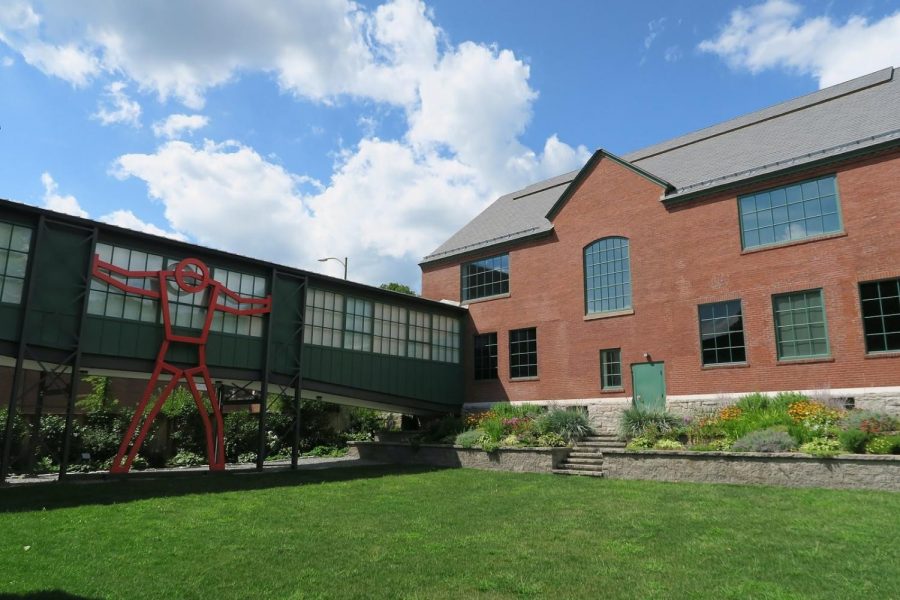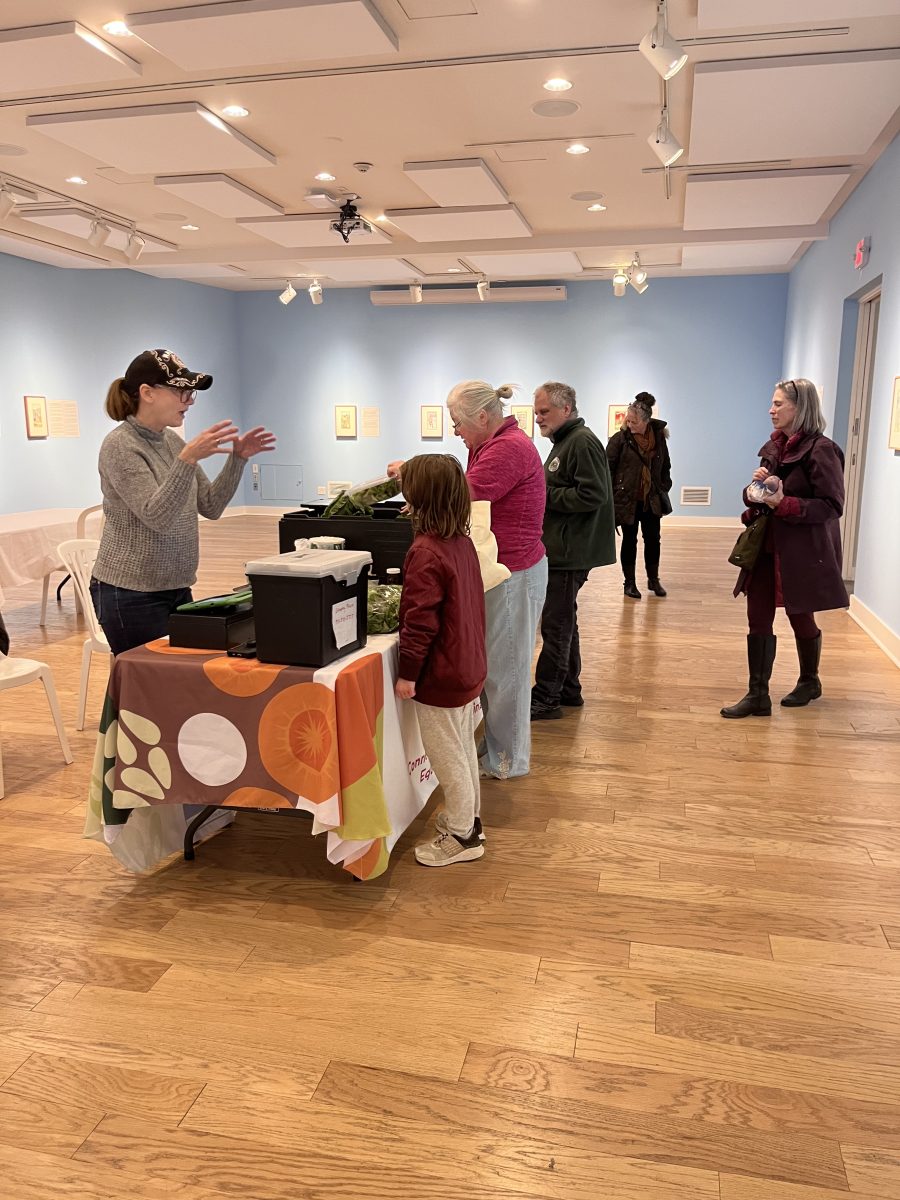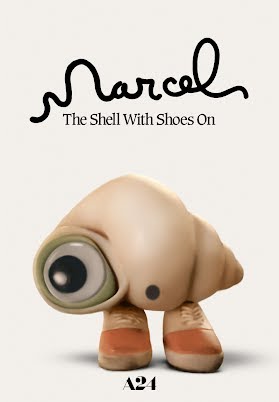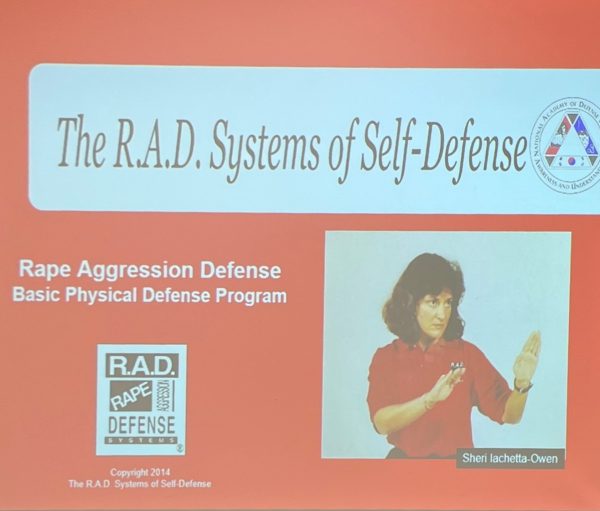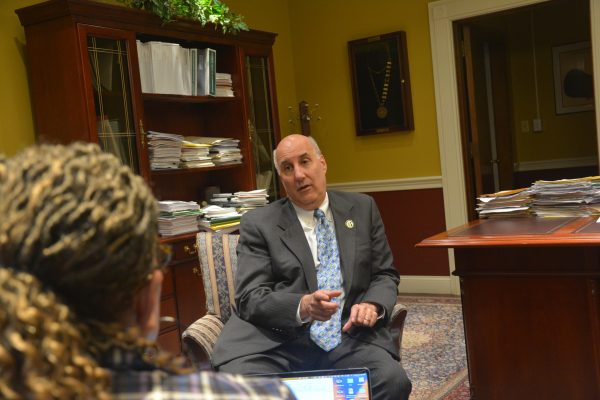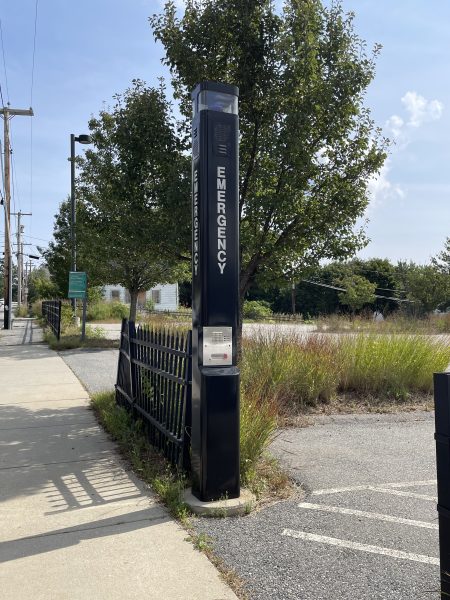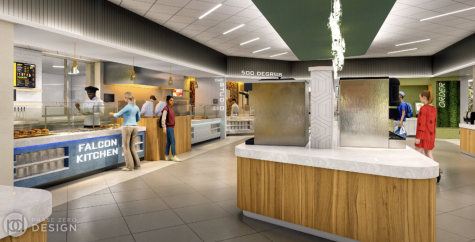Virtual Museum Viewing as a Convenient and Safe Alternative
The Fitchburg Art Museum is accessible to FSU students and offers access to a virtual exhibit. Photo courtesy of John Phelan.
May 3, 2021
-Brittany Eldridge
Some museums are opening up exhibits with limited capacities and timed passes in early May, but not everyone may feel comfortable visiting museums in person right now. This is especially true if visitors are high-risk or have not yet been vaccinated. Many popular museums, such as the Fitchburg Art Museum, Guggenheim, Smithsonian and Metropolitan Museum of Art, provide both online exhibits and resources for museum goers to access during the pandemic as convenient alternatives to physical exhibits.
One notable benefit of online museum exhibits is that people do not have to worry about fighting the crowds to view the artifacts. They can view the work at their own pace without having to travel at the pace of a crowd. While viewing artifacts online, people can get as close to the image as they need to and can analyze it more closely. In addition, most online exhibits are free of charge and there is no set time limit.
Besides benefits regarding viewing artifacts, there are benefits to not having to physically visit a museum, as well. People do not have to drive through a city, find parking, and plan their trip around rush hour traffic.
For people who are unable to leave their house because they are socially isolating or quarantining, they can have conversations about the exhibit with friends, family and classmates. This is true, as well, if they live in different states, or even parts of the world, from these people.
While virtual museums are convenient alternatives to physical museums, the virtual artifacts do differ aesthetically from the actual artifacts. Many of the artifacts, particularly paintings and sculptures, lack depth on a computer. Different brightnesses and resolutions on computers, as well, can alter the coloring of the image. Or, a computer could even cause an image to appear grainy, fuzzy, or distorted.
Many online exhibits try to make virtual artifacts look more realistic by using 360 degree views, different color variations of the same image, and interactive images that can be flipped and rotated. Besides the concerns regarding image quality, people who do not have access with a computer or tablet, or who lack a stable internet connection, will not be able to visit virtual museums.
The Fitchburg Art Museum, or FAM, currently offers a virtual exhibit called The BIG Picture: Giant Photographs and Powerful Portfolios. It is a two-part exhibition that explores how space is used with larger works and the impact this has on the viewer. Other current offerings include Moving Objects: Exploring African and Oceanic Art and Cloth is Money: Textiles from the Sahel. Unlike The BIG Picture, the artifacts from these exhibitions are not available to view online.
At the Guggenheim Museum, an art museum in New York City, virtual museum goers can browse artifacts by date, movement, artist, and medium. The Guggenheim posts blogs and Q and As written by artists and experts. The Guggenheim online collection consists of over 1,700 works. When browsing the collections, it is possible to view pieces by the same artist side-by-side when these pieces might otherwise be located on opposite sides of a physical museum.
The Smithsonian’s online collection includes artifacts and stories you might not expect to find in a museum, such as superhero stamps and photographs of hip-hop artists. The Smithsonian posts blogs, podcasts, and mobile apps on its website. The Smithsonian’s collection spans a variety of genres such as art, history, and culture. Artifacts are organized by subject matter and theme for easier viewing on topics the viewer is interested in.
Pages for virtual artifacts at the Smithsonian include information on how the items were acquired by the museum and links to the museum that it is held in (Hirshhorn Museum and Sculpture Garden, Smithsonian Art Museum and its Renwick Gallery, etc.) While browsing, the Smithsonian also provides alternative links to pages that might better suit you (such as, if you not a cat person, check out our dog collection). One useful feature on the Smithsonian website is the 3D Voyager, which allows the viewer to rotate artifacts and look at them from various angles.
A fourth museum that offers online exhibits is The Metropolitan Art Museum, or The Met.
This museum posts YouTube videos that serve as virtual exhibits. The videos feature curator commentary on the displayed work. The Met not only displays work from its physical exhibits, but also tells stories about the preservation of that work and of the people who created that work.
Some exhibits have audio guides and primers. Primers are guides with multiple short videos that summarize the main points of an exhibition for someone unable to physically go to the museum who may want to visit an exhibit in the future. For a more social experience, people can listen virtually to a tour guide with friends and can discuss artifacts while remaining physically distanced.
Some possible changes that might make virtual museums a more interactive experience might include adding a comments section for visitors, or a group chat where people viewing the same exhibit can build off of each other’s ideas and raise questions. Virtual exhibits that lack an organizational system would benefit from including search tags and allowing viewers to search by year, subject, artist, or location.
Another way to improve online exhibits is to allow the public to contribute to those exhibits. They might do so by using their own stories to add to a collection on a particular event, such as the COVID-19 Pandemic.
Or, perhaps, by including public artwork that was inspired by one of the museum’s exhibits or a selected prompt. Also, including a multiplayer video game adventure in a museum exhibit, one based on historical or scientific concepts within the exhibit, would allow museum visitors to interact with environments and concepts. This would allow players to learn in a competitive and entertaining way.
Creating a more personalized virtual museum based on a person’s interests, age, occupation and other demographics would allow for visitors to find more relevant content, as well. According to the American Alliance of Museums article written by Elizabeth Merritt, museums are using social media as a platform for museum artwork, too. By reaching out to a variety of social media platforms, more demographics will be able to access museum content. Perhaps even a social media site for museum viewers could be created in the future.


